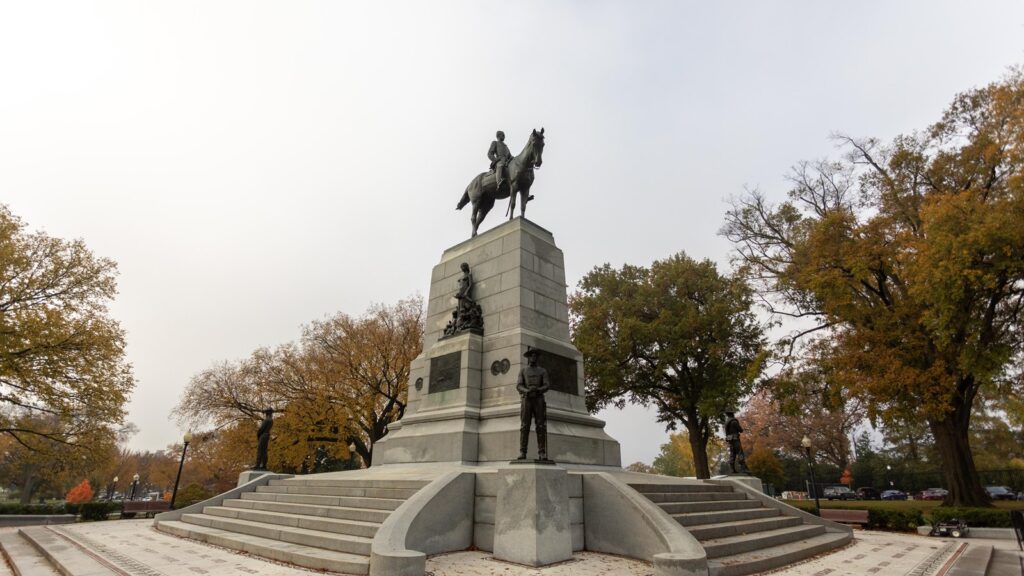The Sherman March, led by General William T. Sherman during the Civil War, was a revolutionary military campaign that left a lasting impact on American history. Taking place in late 1864, this strategy involved cutting a path of destruction through Georgia to weaken the Confederacy’s infrastructure and morale. While successful in hastening the defeat of the Confederate army, Sherman’s total war tactics were highly controversial and criticized for the harsh treatment of civilians. Despite the debate surrounding the Sherman March, there is no denying its role in changing the course of the war and influencing future military strategies.
The Sherman March: General William T. Sherman’s Revolutionary Military Strategy in the Civil War
One of the most infamous events of the Civil War was General William T. Sherman’s March to the Sea, also known as the Sherman March. This military campaign, which took place from November 15 to December 21, 1864, was a revolutionary and controversial strategy that changed the course of the war.
The Context of the Sherman March
By late 1864, the Confederate Army was on the brink of defeat. The Union Army, under the leadership of General Sherman, had been steadily advancing through the South, capturing key Confederate strongholds and cutting off their supply lines. Sherman saw an opportunity to deal a decisive blow to the Confederacy by launching a campaign deep into enemy territory.
Sherman’s Military Strategy
Sherman’s plan was to cut a path of destruction through Georgia, from Atlanta to the port city of Savannah. The goal was to destroy Confederate infrastructure, disrupt their supply lines, and weaken the morale of the Southern population. This strategy, known as “total war,” was a departure from traditional military tactics, which focused on defeating enemy armies in battle.
As Sherman’s army advanced, they destroyed railroads, bridges, and factories, and confiscated food and supplies from Southern plantations. They also freed thousands of slaves, who joined the Union Army as laborers and soldiers. The campaign was marked by brutal violence, with Union soldiers looting and burning homes and towns along the way.
The Impact of the Sherman March
The Sherman March was a devastating blow to the Confederacy. By destroying the South’s infrastructure and disrupting their supply lines, Sherman’s army weakened the Confederate war effort and hastened their defeat. The campaign also had a profound psychological impact on the Southern population, who were forced to confront the reality of total war.
However, the Sherman March was also highly controversial. Many condemned Sherman’s tactics as cruel and inhumane, arguing that the destruction of civilian property and the forced displacement of civilians were violations of the laws of war. Sherman defended his actions by claiming that he was justified in targeting civilian infrastructure in order to shorten the war and bring about a faster victory for the Union.
Legacy of the Sherman March
The Sherman March remains a highly debated and controversial event in Civil War history. Some view it as a necessary and effective military strategy that helped bring about the end of the war, while others see it as a brutal and unjustifiable act of destruction. Whatever one’s interpretation, there is no denying the impact that General Sherman’s revolutionary military strategy had on the course of the Civil War.
In conclusion, the Sherman March was a bold and unprecedented military campaign that forever changed the way wars were fought. General William T. Sherman’s willingness to break with tradition and adopt a new strategy of total war helped secure victory for the Union and bring an end to the bloodiest conflict in American history.
